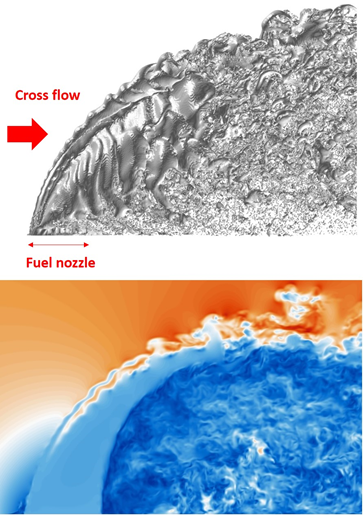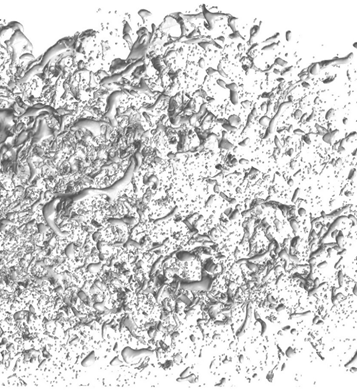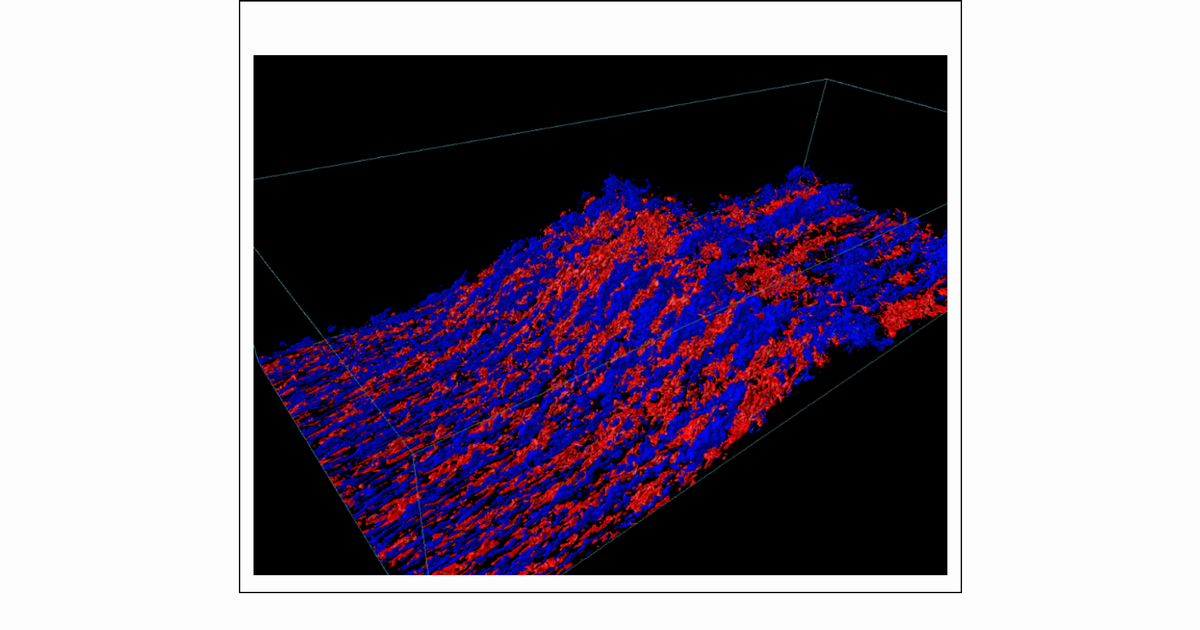Study on Simulation Technology to Realize Front Loading of Combustor Design Process
JAXA Supercomputer System Annual Report April 2016-March 2017
Report Number: R16E0015
- Responsible Representative: Yuichi Matsuo(Aeronautical Technology Directorate, Numerical Simulation Research Unit)
- Contact Information: Yasuhiro Mizobuchi(mizo@chofu.jaxa.jp)
- Members: Manabu Hisida, Taisuke Nambu, Hiroki Yao, Shogo Yasuda, Yuichi Matsuo, Yasuhiro Mizobuchi, Hiroyuki Abe, Takeshi Okabe, Shingo Matsuyama
- Subject Category: Basic Research(Modeling,Combustion)
Abstract
We try to understand the physical nature of fuel jet atomization and separated turbulent boundary layer by detailed simulations, and then to create practical numerical models using the information.
Goal
Enhancement of front loading of engine design process by simulation technology.
Objective
Reduction of computational cost of engine simulation by understanding of key phenomena and modeling of them.
References and Links
N/A
Use of the Supercomputer
Large scale and detailed simulation to understand the physics and extract information for modeling
Necessity of the Supercomputer
World-level research in this field requires massively parallel huge computational resource and only so-called supercomputer system can provide it.
Achievements of the Year
Result1
Distribution of fuel particle diameter is an important factor to simulate a combustor of jet engine precisely. However, measurement of atomization near nozzle is difficult, and uncertainly about particle diameter is a bottleneck of combustor simulation. We made a model of the distribution from a result of detailed numerical simulation by JSS2, and then the model was applied to a simulation of combustor.
Result2
Separation of a turbulent boundary layer is one of the key phenomena in aeronautical applications such as combustors and airfoils. In the present study, we have performed direct numerical simulation of a pressure-induced separation bubble. The Reynolds number based on inlet momentum thickness and freestream velocity is Reθ=900, which is the largest Reynolds number ever performed in this configuration. Figure 3 shows visualization of turbulence structures for Reθ=900, which highlights the presence of large-scale organized structures in the separation bubble.
Publications
Peer-reviewed articles
1) Hiroyuki Abe and R.A. Antonia, ‘Relationship between the energy dissipation function and the skin friction law in a turbulent channel flow,’ J. Fluid Mech., Vol. 798, pp. 140-164 (2016).
Non peer-reviewed articles/Presentations
1) Hiroyuki Abe, ‘DNS of a turbulent boundary layer with separation and reattachment over a wide range of Reynolds numbers,’ International Symposium on Near-Wall Flows: Transition and Turbulence (Kyoto University, June 20 – 22, 2016), Invited.
2) Hiroyuki Abe, Yasuhiro Mizobuchi and Yuichi Matsuo, ‘DNS study of wall-pressure fluctuations in a turbulent boundary layer with large pressure gradients,’ Bulletin of the American Physical Society 69th Annual Meeting of the APS Division of Fluid Dynamics (Portland, OR, November 20-22, 2016), Vol. 61, No. 20, p. 267.
Computational Information
- Parallelization Methods: Hybrid Parallelization
- Process Parallelization Methods: XPFortran
- Thread Parallelization Methods: OpenMP,Automatic Parallelization
- Number of Processes: 120
- Number of Threads per Process: 8
- Number of Nodes Used: 60
- Elapsed Time per Case (Hours): 2000
- Number of Cases: 1
Resources Used
Total Amount of Virtual Cost(Yen): 35,880,200
Breakdown List by Resources
| System Name | Amount of Core Time(core x hours) | Virtual Cost(Yen) |
|---|---|---|
| SORA-MA | 21,260,850.19 | 34,754,593 |
| SORA-PP | 64,148.65 | 547,701 |
| SORA-LM | 110.46 | 2,485 |
| SORA-TPP | 0.00 | 0 |
| File System Name | Storage assigned(GiB) | Virtual Cost(Yen) |
|---|---|---|
| /home | 807.22 | 7,614 |
| /data | 40,388.93 | 380,990 |
| /ltmp | 6,270.03 | 59,145 |
| Archiving System Name | Storage used(TiB) | Virtual Cost(Yen) |
|---|---|---|
| J-SPACE | 41.35 | 127,670 |
Note: Virtual Cost=amount of cost, using the unit price list of JAXA Facility Utilization program(2016)
JAXA Supercomputer System Annual Report April 2016-March 2017





